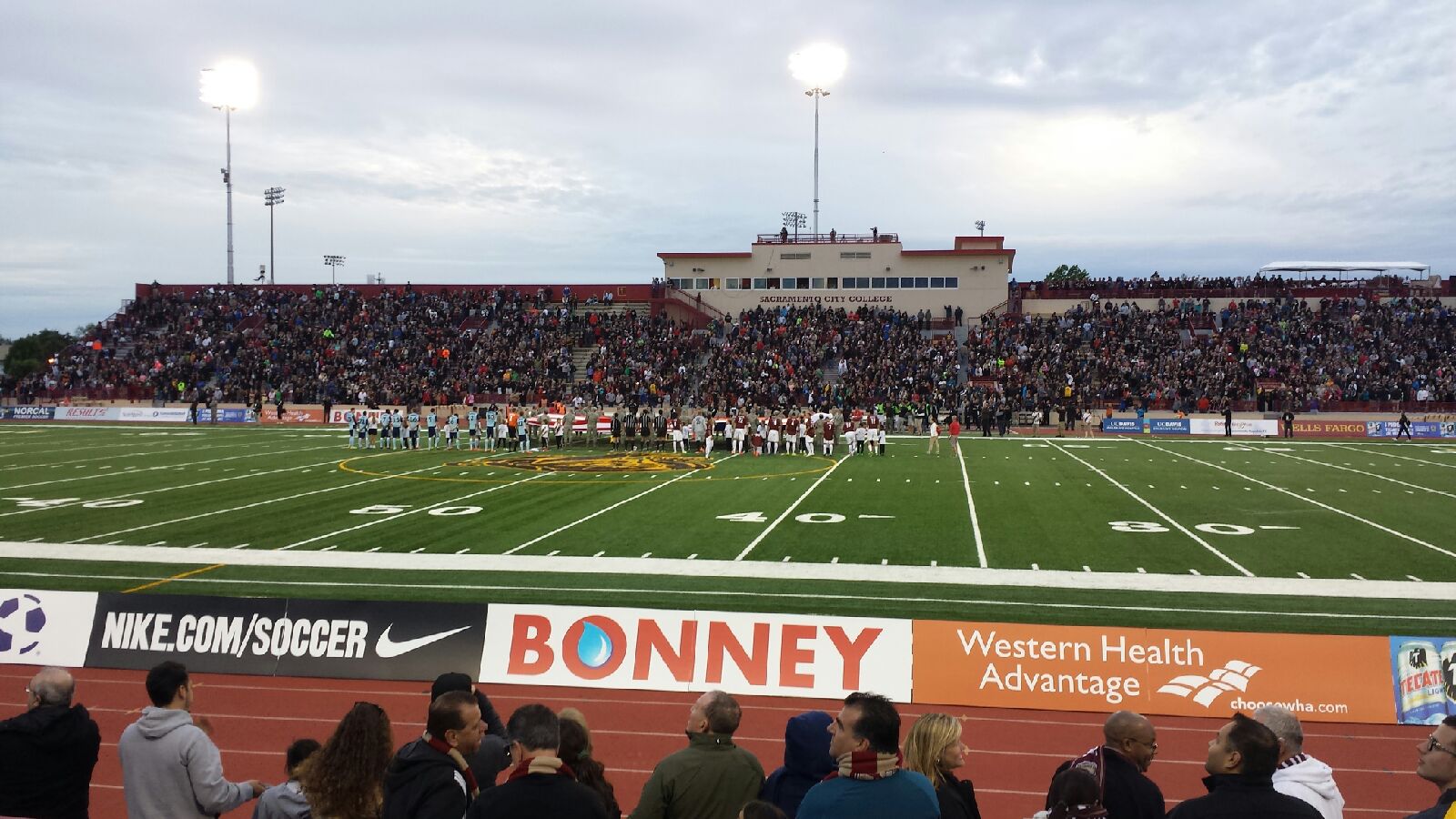On Thursday, March 13, a California Court of Appeal found substantial evidence that State Farm General Insurance Co. (State Farm) had a duty to defend North Counties Engineering Inc. (North Counties) under a policy that included products-completed operations coverage notwithstanding that the policy also included a professional services exclusion. The Court, in North Counties Engineering Inc. v. State Farm General Insurance Co., Case No. A133713, ordered State Farm to cover North Counties’ defense costs in two lawsuits filed in 2004 in connection with construction of a dam that had been completed in 1999 for Lolonis Winery (Lolonis). It reversed the trial court’s order granting State Farm’s motion for a directed verdict and, among other things, reconfirmed that the insurer “owes a broad duty to defend its insured against claims that create a potential for indemnity” and “any doubt ‘as to whether the facts give rise to a duty to defend is [to be] resolved in the insured’s favor.'” On remand, judgment will be entered confirming that State Farm had a duty to defend North Counties.
The Lawsuits
In 2004, the State of a California filed suit against Lolonis alleging that construction of the Lolonis dam caused damage to downstream tributaries and potential erosion in nearby waterways (People of the State of California ex rel. California Regional Water Quality Control Board v. Lolonis Vineyards, Inc. Lolonis Winery, in turn, filed a cross-complaint against North Counties and others involved in the design and construction of the dam asserting claims for breach of contract, negligence, indemnity, and declaratory relief. Lolonis later filed a second action against North Counties and the others for breach of contract, express/implied warranty, and negligence (Lolonis Vineyards, Inc. v. North Counties Engineering Co.).
State Farm initially refused North Counties’ claim under its policy. It later came to light that, in its claim activity log, State Farm included May 7, 2004 as the date of loss rather than the date of loss set forth in the underlying actions, which was1997 through 1999. The 2000 version of the policy included a Products-Completed Operations Liability Exclusion endorsement. In contrast, the 1997 through 1999 versions of the policy included in the “Coverage and Limits” coverage for “Products-Completed Operations” in the amount of $2,000,000.
In 2007, State Farm changed its coverage position, confirming that it would provide a defense from September 5, 2007 forward, and also pay its Cumis counsel, under a reservation of rights. It refused, however, to reimburse North Counties for more than $500,000 in costs incurred before it confirmed it would cover the defense. North Counties then filed the North Counties Action seeking unreimbursed defense costs .
Trial Court Sides With State Farm in North Counties Action
After extensive discovery, State Farm and North Counties proceeded to a 22-day jury trial. Thereafter, the trial court granted State Farm’s motion for a directed verdict, purportedly “based on ‘the circumstances as they existed at the time of [North Counties’] initial tender, including the facts reasonably available to State Farm at that time and State Farm’s evaluation of such facts.'” The order concluded that “as a matter of law, the only work at issue in the underlying actions relating to [North Counties] was their performance of professional services–including any labor or contracting work,” which was subject to the policies’ professional services exclusion. Judgment for State Farm was entered the same day as the order, and North Counties timely filed its appeal.
Court of Appeal Reverses the Trial Court’s Order in North Counties Action
Duty to Defend
The Court of Appeal reconfirms that an insurer “owes a broad duty to defend its insured against claims that create a potential for indemnity.” It explained that such a duty “exists whenever the lawsuit against the insured seeks damages on any theory that, if proved, would be covered by the policy,” and that the insurer’s obligation to provide a defense “is excused only when ‘the third party complaint can by no conceivable theory raise a single issue which could bring it within the policy coverage.'” Its duty may exist “even when it ultimately has no obligation to indemnify, either because no damages are awarded in the underlying action or because the actual judgment is for damages not covered by the policy.” Ultimately, it emphasized that “any doubt ‘as to whether the facts give rise to a duty to defend is resolved in the insured’s favor.'”
Substantial Evidence of Duty to Defend
The Court went on to find that the trial court’s approach to the motion for a directed verdict was erroneous because it was not “looking to determine whether there was any evidence that might support a conclusion that there was a duty to defend, but rather [it was] looking only for evidence — indeed, even inferences from evidence — that there was not.” The Court identified illustrations evidencing the trial court’s erroneous approach, including its emphasis on North Counties’ “expertise,” and its conclusion that it apparently should have had errors and omissions coverage. Ultimately, it found that “[t]he law requires a trial court in ruling on State Farm’s motion … to look for any evidence that might support appellants, and draw all inferences in their favor. The court here acted 180 degrees contrary. And reached the wrong conclusion,” finding that there was evidence supporting State Farm’s duty to defend.
Coverage was Not Precluded by the Professional Services Exclusion
The Court ultimately rejected State Farm’s primary argument that the professional services exclusion precluded coverage. State Farm argued that “[t]he availability of liability benefits is scrutinized in light of the insurance contract as a whole, the allegations of the underlying complaints in their entirety, the universe of facts as they existed at the time of tender, and ‘common sense.'” The Court found, however, that neither case cited supported State Farm’s theory that “allegations in the underlying complaints must be looked at in ‘their entirety.'” “The ‘professional services’ exclusion is not the panacea State Farm would have it, certainly not when analyzed under the appropriate standard: ‘narrowly against the insurer.'”
It found it important that, during their testimony, three of State Farm’s own claims personnel admitted that the pertinent policy information — the declarations pages in existence before 2000 — demonstrated that State Farm had a duty to defend. It found “much more evidence that supported a possible duty to defend, including the fact that once the proper declarations page was located and reviewed, State Farm agreed to defend.”
It also focused on North Counties’ many roles in the construction of the dam. It found that “[t]here were many allegations, and much evidence, without the language of the exclusion, including that damages were sought for ‘negligence in the construction of the dam,’ and as the ‘direct result of negligent construction by [North Counties]’.” It further found that “there was evidence of something other than professional services was acknowledged by State Farm’s counsel.” According to the Court, the professional services exclusion did not preclude the potential for coverage under the existing facts.
It rejected State Farm’s secondary argument that there was no coverage, making several observations about the products-completed operations provision. It noted several times where State Farm referred to it as “coverage,” and that it “was referred to on the pertinent declarations page(s) as protection offered under the policy, with its own separate limits of $2,000,000.” Ultimately, it left open the question whether the products-completed operations coverage rendered the policy ambiguous, as North Counties’ contended, or not, as State Farm contended, finding that “it certainly complicated the situation, as have similar policy provisions.”
It ended it analysis by observing that none of the cases relied on by State Farm “involve such exclusion in the context of a policy that also has [products-completed operations] coverage.” Prior to the Court’s ruling, there were no California cases that dealt with a professional services exclusion and products-completed operations coverage where there was a potential conflict about coverage.






 to help businesses to learn how to apply the new California Competes Tax Credit. This credit is an income tax credit available to businesses–both large and small–that want to relocate to or stay and grow in California. GO-Biz expects to begin accepting applications during the first quarter of 2014. For more information on the California Competes Tax Credit read
to help businesses to learn how to apply the new California Competes Tax Credit. This credit is an income tax credit available to businesses–both large and small–that want to relocate to or stay and grow in California. GO-Biz expects to begin accepting applications during the first quarter of 2014. For more information on the California Competes Tax Credit read 
 and Cal Expo to construct an 8,000-seat multi-use sports facility.
and Cal Expo to construct an 8,000-seat multi-use sports facility.